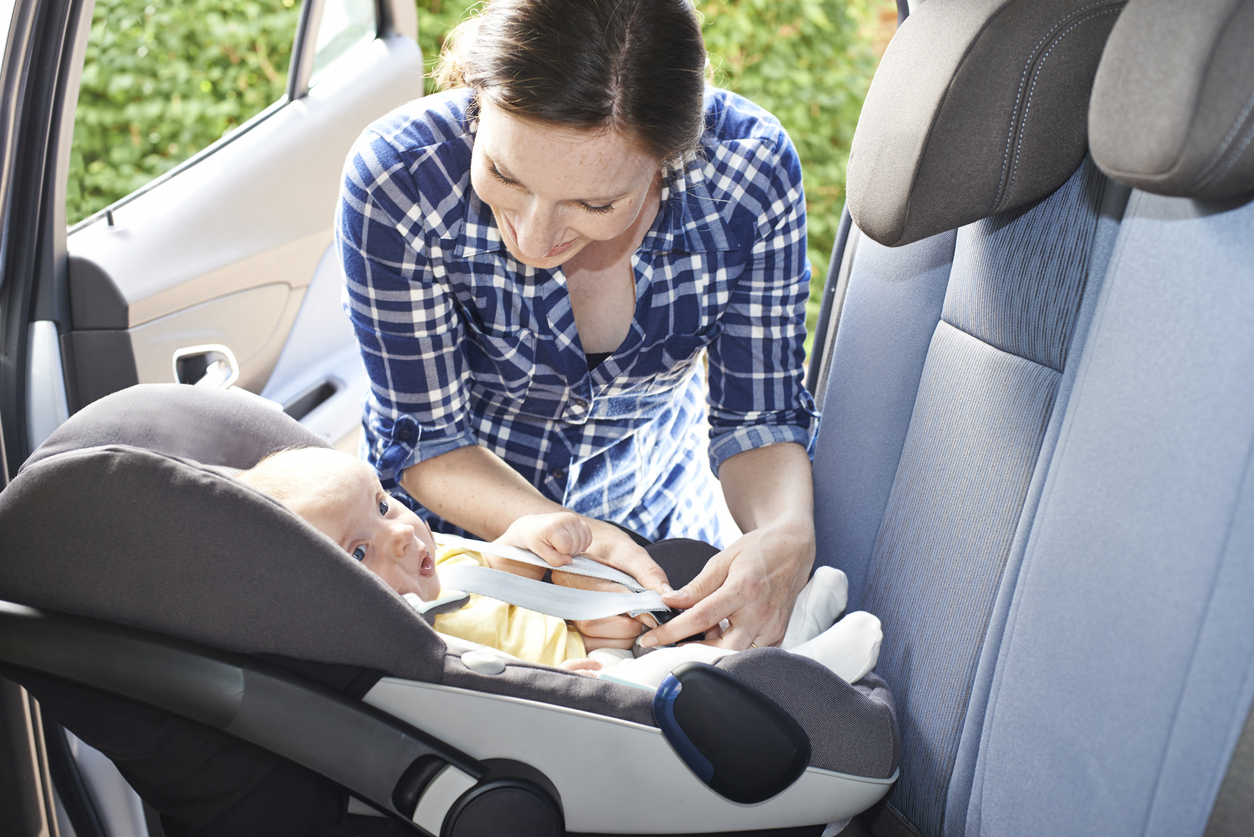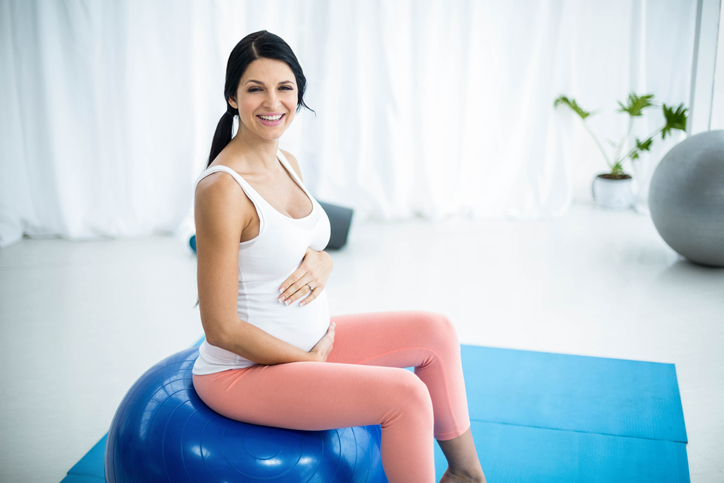Short Answer: Car seats can be confusing! Which car seat you use will depend on the height, weight and age of your child, as well as the type of vehicle you have. Read on to learn about the different types of car seats so you can make the right (safe) choice for your child.
The good news, all car seats currently on the market meet the U.S. government’s tough crash and fire safety standards, so most any seat you buy will be “technically” safe. (Keep in mind this isn’t true for older car seats, so if you inherit a hand-me-down or buy used, you need to be sure that seat was designed to meet modern safety standards. It may be out of date or the unit could have been recalled. Do your homework!)
The bad news, even though a car seat is “technically” safe, if you use or install it incorrectly, it may not meet safety standards for your child. Always check the manufacturer’s instructions and choose the right seat for your child’s height and weight. Also follow installation instructions exactly, and have your car seat inspected by a professional to ensure it’s installed correctly.
There are basically four different types of car seats (five if you count a booster seat). Here’s the breakdown of each type:
Infant Only (Rear-Facing) Car Seat:
The first of the different types of car seats is an infant seat. This seat is designed for newborns and small babies. It can only be used rear-facing. These seats have a weight limit between 22 and 35 pounds, so babies generally outgrow them by 8 or 9 months. When your baby reaches the weight limit, safety experts recommend you switch them to a convertible or all-in-one car seat. This is so you can keep them rear-facing even longer, which is safer.
Convertible (Rear-to-Forward Facing) Car Seat:
As your child grows, a convertible seat can transition from a rear-facing seat for babies to a forward-facing seat with a harness and tether for older children. Many of the newer convertible seats are designed to hold a child up to 40 pounds rear-facing. It’s safest to keep kids rear-facing as long as possible, so this extends that period. Your child can then switch to forward-facing up to about 80 pounds, or 57 inches tall. (Always check the manufacturer’s instructions for specific weight and height limits).
All-In-One Car Seat (Rear-to-Forward Facing):
An all-in-one car seat can change from a rear-facing seat for babies, to a forward-facing seat (with a harness and tether), and then to a booster seat as your child grows. Because it can be used with children of varying sizes, it allows children to stay in the rear-facing position longer. It can generally hold an infant rear-facing from about 5 to 50 pounds; forward-facing in a harness from about 20 to 80 pounds; and forward-facing as a backless or high-backed booster with a maximum weight of 100 to 120 pounds and a maximum height of 52 to 57 inches (depending on the model).
Combination Car Seat (Forward-Facing Only):
A combination car seat can only be used in the forward-facing position. As your child grows, the seat transitions from a forward-facing seat with a harness and tether into a booster seat. Unlike straight-up boosters, this seat has a harness for children under a certain weight, but can be converted to a booster later on.
Booster Seat (Forward-Facing Only):
A booster seat positions the seat beat so it fits properly over the stronger parts of your child’s body. You can get a booster seat with a high back, which not only raises your child to the proper height, but also provides neck and head support. This type of seat is ideal for cars that don’t have head rests or high seat backs. You can also get a backless booster, which doesn’t have the same head a neck support. (Be sure the car has a head rest)
There have been some studies that show high back booster seats are more effective in a side impact collision. You may want to factor that into your booster buying decision.
Why Even Bother With An Infant Car Seat?
You may read through this and ask, “hey wait – if a baby can ride rear-facing in a convertible or all-in-one car seat, why would you even bother to buy an infant seat in the first place?” It’s a fair question. The number one reason people buy an infant seat is safety. Although newborns can fit in convertibles and all-in-ones, safety experts generally agree babies under 20 pounds are more secure in an infant seat.
Also, babies sleep – a lot. Infant car seats are lighter and more portable. If your baby is sound asleep, no problem. Infant seats usually have a handle for carrying and snap out of the car relatively easily. You can also strap them into a stroller travel system, which is pretty convenient. These are some items you’ll want to consider when deciding if you want to buy an infant car seat.
Other Items To Watch For When Choosing A Car Seat:
- Look for the National Highway Transportation Safety Administration’s five-star rating system. The more stars a seat has, the easier it is to use and install.
- Check your vehicle owner’s manual to see how the seat should be installed in your particular vehicle. Review the car seat manufacturer’s guidelines to determine what height and weigh the seat is appropriate for. Also, many car seat manufacturers have videos online showing you how to install the seat correctly. They are worth watching!
- Look at the harness, belt, and headrest adjusters and make sure everything is easy to adjust. You will need to adjust the seat several times as your child grows, so you want the process to be relatively painless.
- Little ones equal big messes sometimes, so check to be sure the seat is easy to clean. A detachable, machine-washable cover will make your life easier.
- Lastly, you want your baby to be comfortable on road trips. Check to see that there is sufficient padding in the seat and headrest. Be sure you can adjust the car seat to a position that is comfortable to sleep in.
To see Beenke’s favorites of each of the different types of car seats, check out our reviews and recommendations in Our Picks.












